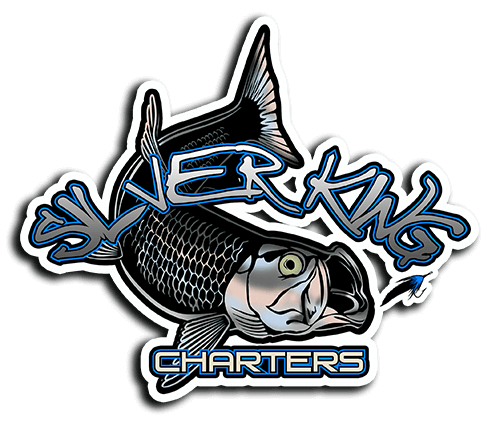
Fly Fishing
I specialize in fly fishing for Bonefish, Permit, Tarpon, Redfish, Snook and Sharks in the beautiful and rich flats of the Florida Keys. Fly fishing is my favorite way of fishing, and I will give you the necessary instruction and coaching to accomplish your goals according to your level of expertise. I also offer fly casting instruction. Although, you should employ plenty of time practicing before your charter or hire a casting instructor. Let’s face it, The fish in the Keys are challenging, big and spooky. Whoever told you the opposite is not being honest. You need to bring your “A game” in order to be successful. Practice, practice, practice – before your charter.
Fly Fishing for tarpon

Late Winter and Spring are my favorite times of the year, as the annual migration of Tarpon takes off, and the fish start moving to the backcountry, passes, inlets and ocean side areas of the Keys. Even though Spring is when we will find the major concentrations of fish, we can find Tarpon and fish for them all year long at different locations. Tarpon fishing on the fly is very addicting. Once you see a school of Tarpon swimming over clear bottom or a fish “laid up” floating motionless right beneath the surface, you will understand what I am saying. Then, you make a cast, that fish starts tracking the fly, cracks his mouth open, sucks the fly in, takes off jumping, cartwheeling, and ripping 150 yards off your reel. That will be it, you will be hooked for life.


 In the Keys I fish out of Biscayne Bay, Flamingo, Key Largo, Islamorada, Big Pine Key, Key West and points in between these areas. During Tarpon season, Islamorada is usually my home base, but I trailer my boat to where the fishing is best or to where the weather will be best at any given day during the season. I offer mobility and flexibility.
In the Keys I fish out of Biscayne Bay, Flamingo, Key Largo, Islamorada, Big Pine Key, Key West and points in between these areas. During Tarpon season, Islamorada is usually my home base, but I trailer my boat to where the fishing is best or to where the weather will be best at any given day during the season. I offer mobility and flexibility.

Miami Flats fishing charters – Spin and Plug Tackle
We will be using spinning tackle during a wide variety of situations from plug fishing, sight fishing, and live baiting fishing. Sight Fishing for Bonefish, Permit and Redfish with a spinning rod also requires skills and casting ability. Please practice casting at targets with a 10-12 pound spinning rod before your charter.

Miami Flats fishing charters – Live Bait Fishing
Live bait is an effective and relaxing way to fish. We will be using live mullet, sardines, pinfish, crabs and shrimp to fish creeks, river mouths and channels. In the Everglades this includes targeting Snook, Tarpon, Redfish and Trout amongst several other species. In the Keys or the metropolitan areas of Miami we will be drifting mullet, shrimp and crabs for Tarpon. This is performed around bridges, channels, inlets and passes
Sight Fishing
What is sight fishing?
 Sight fishing is one of the coolest ways to fish. It is compared to hunting, in a situation where you need see your quarry first before you fire a shot. Generally, the fish enter the flats and shallow bays to feed. The shallow water provides cover for the many baitfish, shrimp and crabs upon which they feed. When sight fishing, your guide will use a 20 foot pole to push the boat forward from a platform above the motor. We will be working water from 8 inches up to 11 feet deep. We will see the fish first before we can make a presentation with a lure, fly or live bait. The fish may be either, cruising, laid up, tailing (rooting the bottom with their tails out of the water), finning (floating over the surface with their tails out the water), or “pushing” a wake.
Sight fishing is one of the coolest ways to fish. It is compared to hunting, in a situation where you need see your quarry first before you fire a shot. Generally, the fish enter the flats and shallow bays to feed. The shallow water provides cover for the many baitfish, shrimp and crabs upon which they feed. When sight fishing, your guide will use a 20 foot pole to push the boat forward from a platform above the motor. We will be working water from 8 inches up to 11 feet deep. We will see the fish first before we can make a presentation with a lure, fly or live bait. The fish may be either, cruising, laid up, tailing (rooting the bottom with their tails out of the water), finning (floating over the surface with their tails out the water), or “pushing” a wake.
Miami Flats fishing charters – What to Expect


